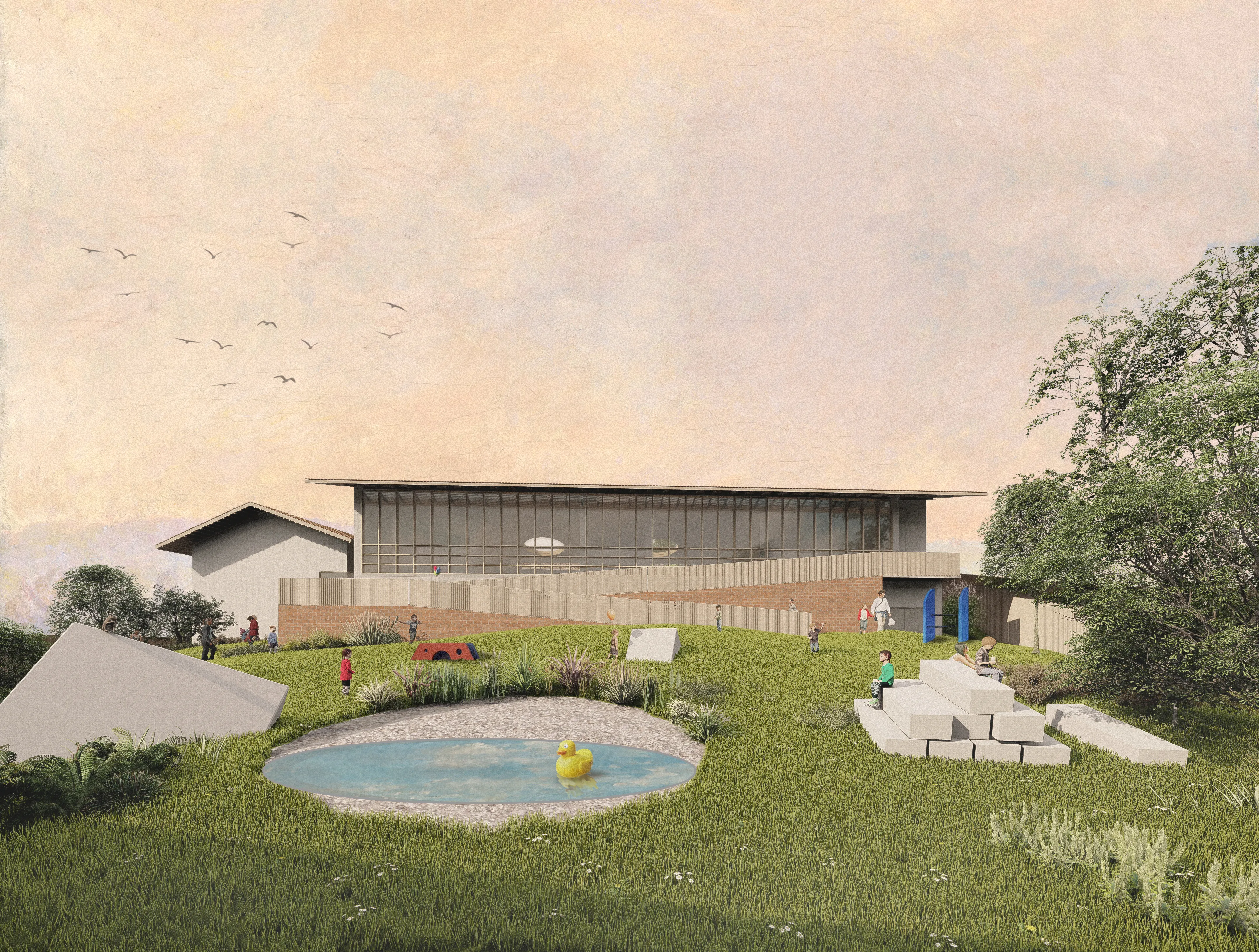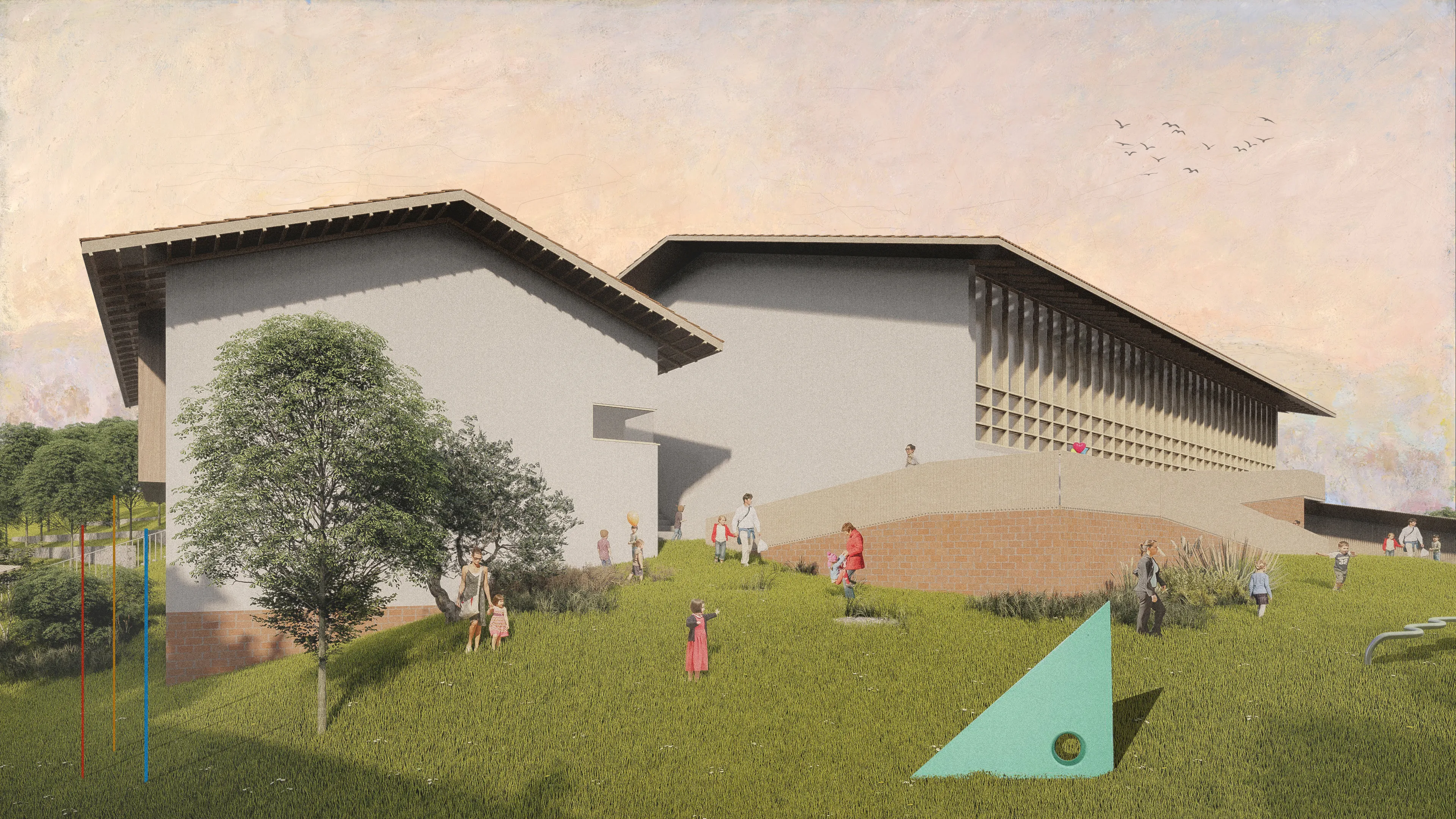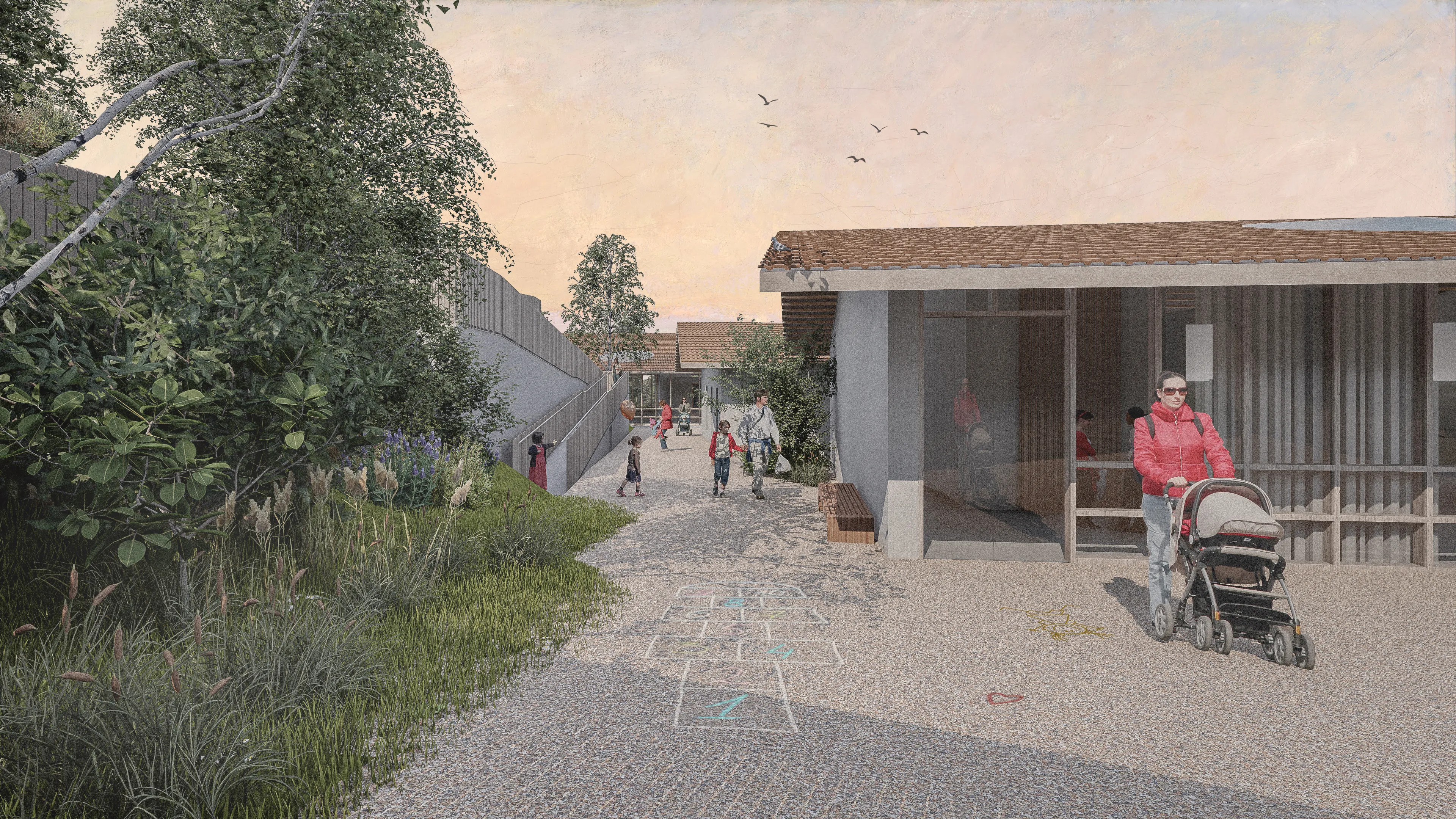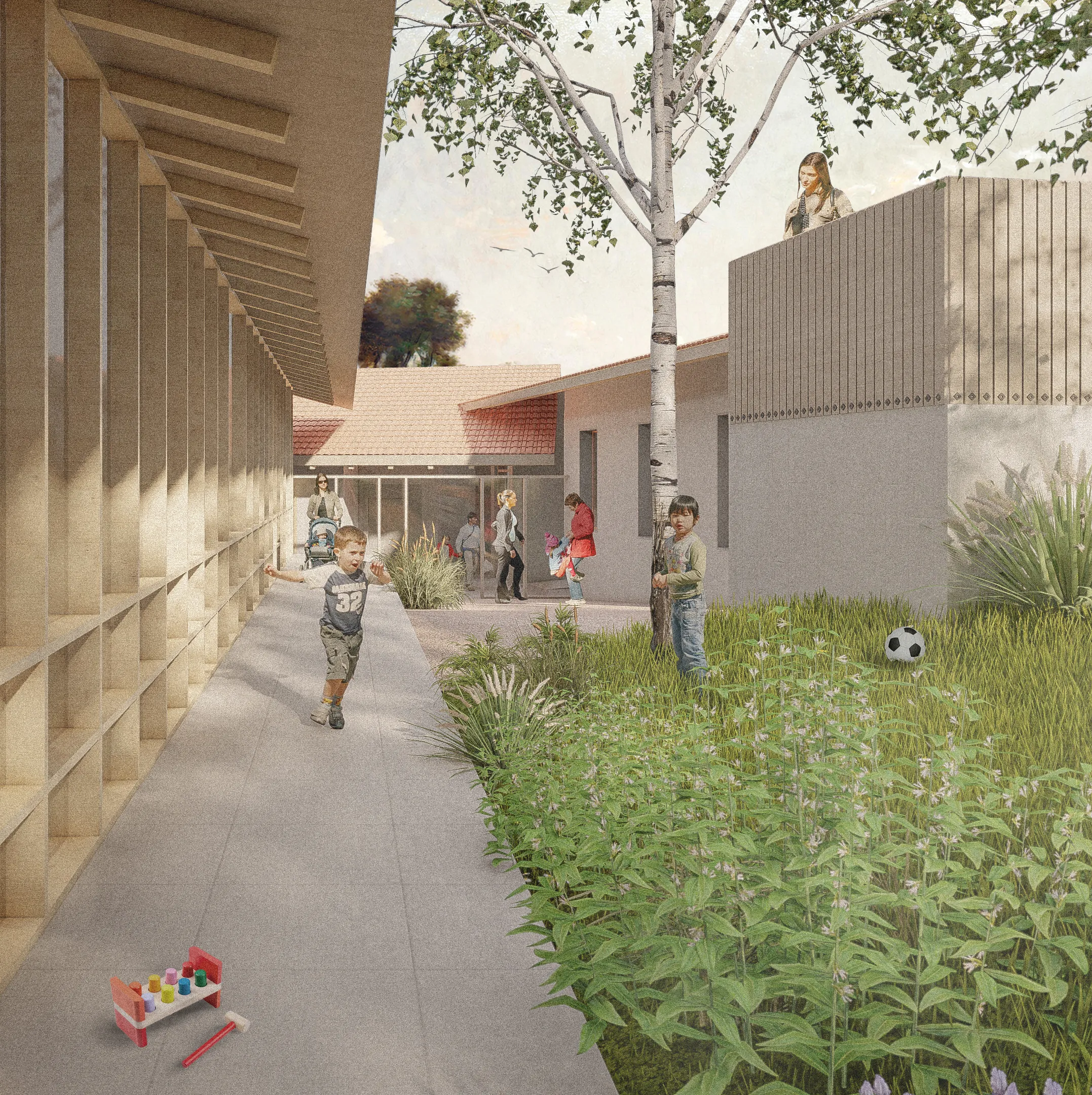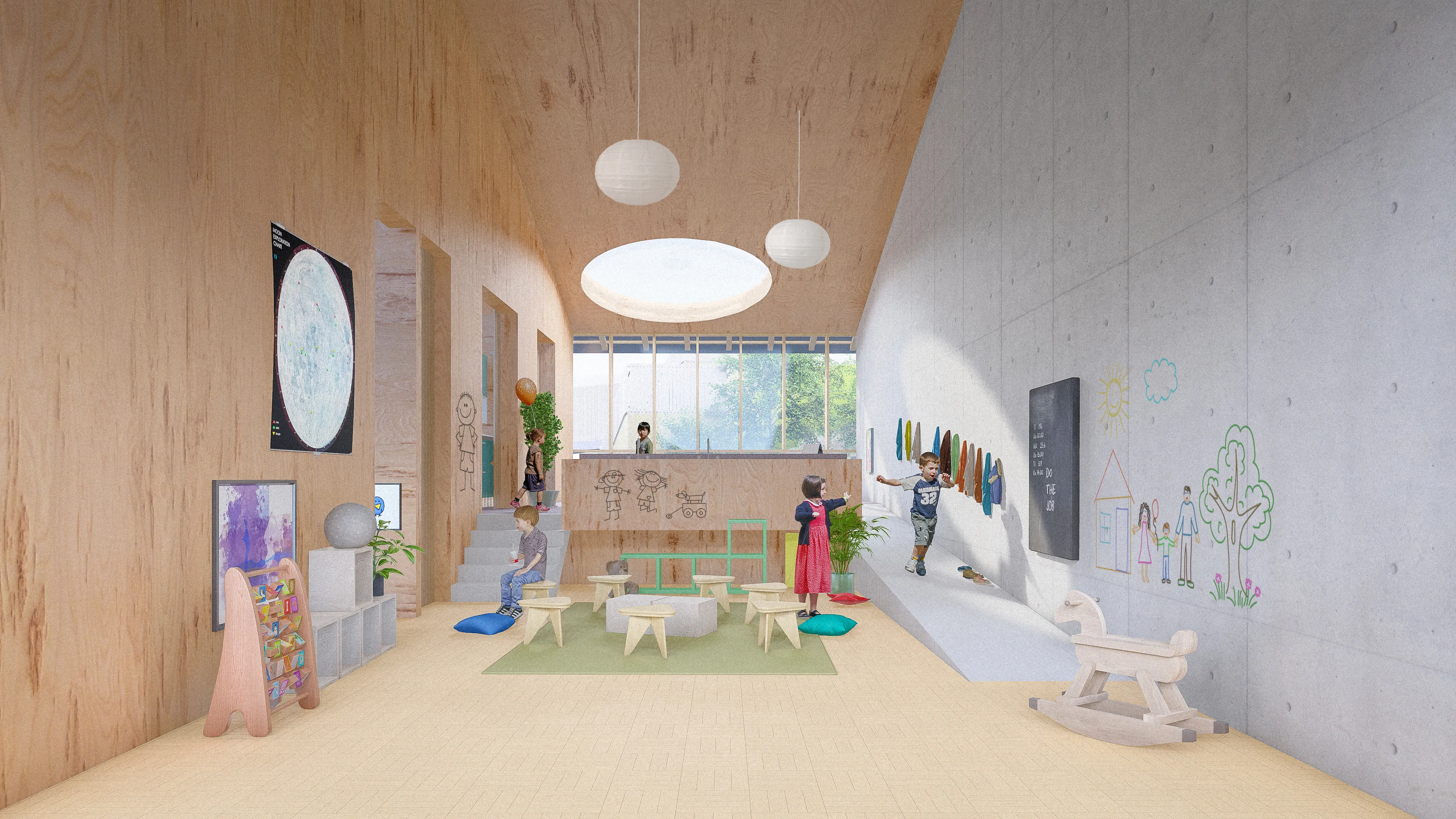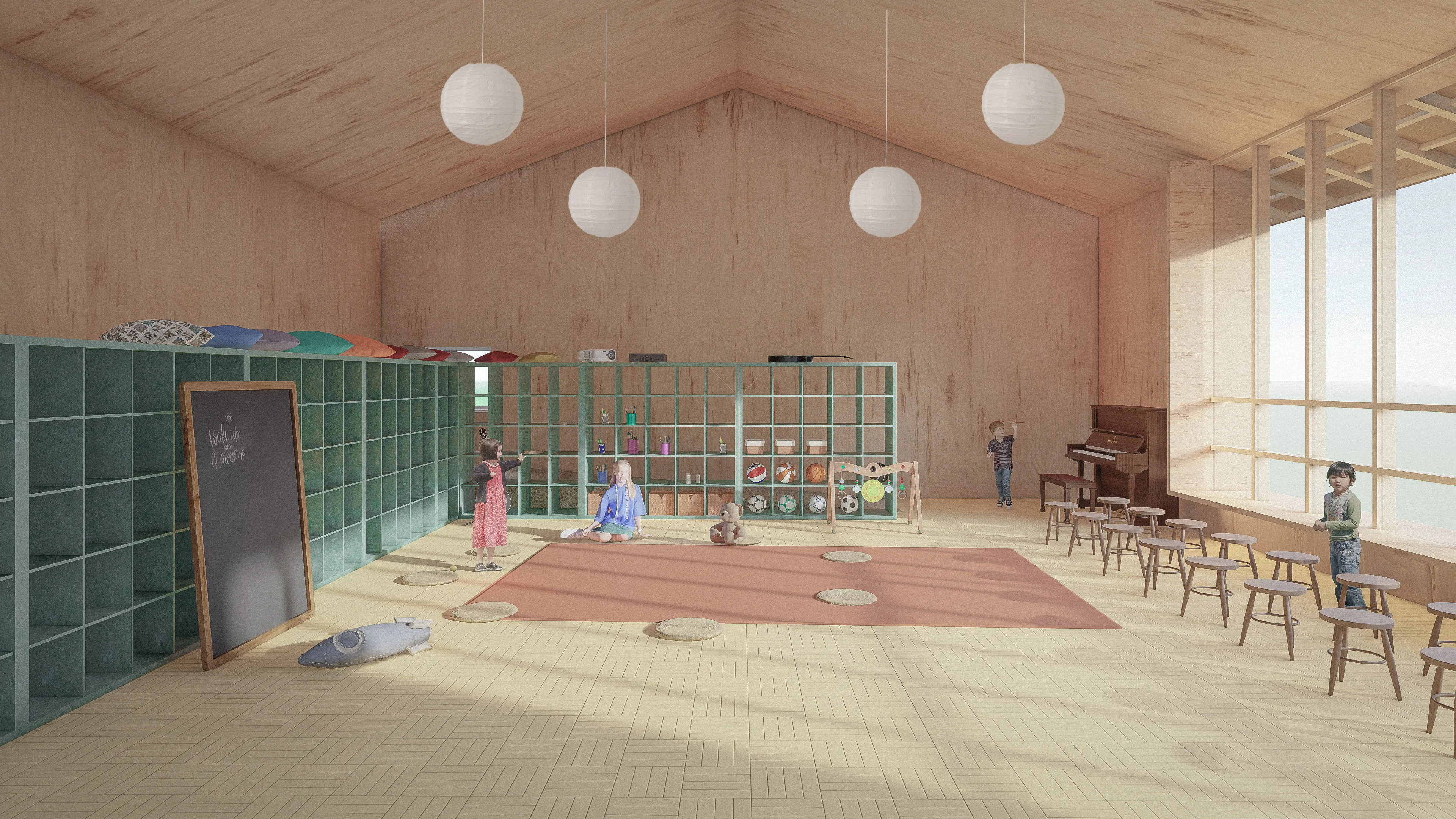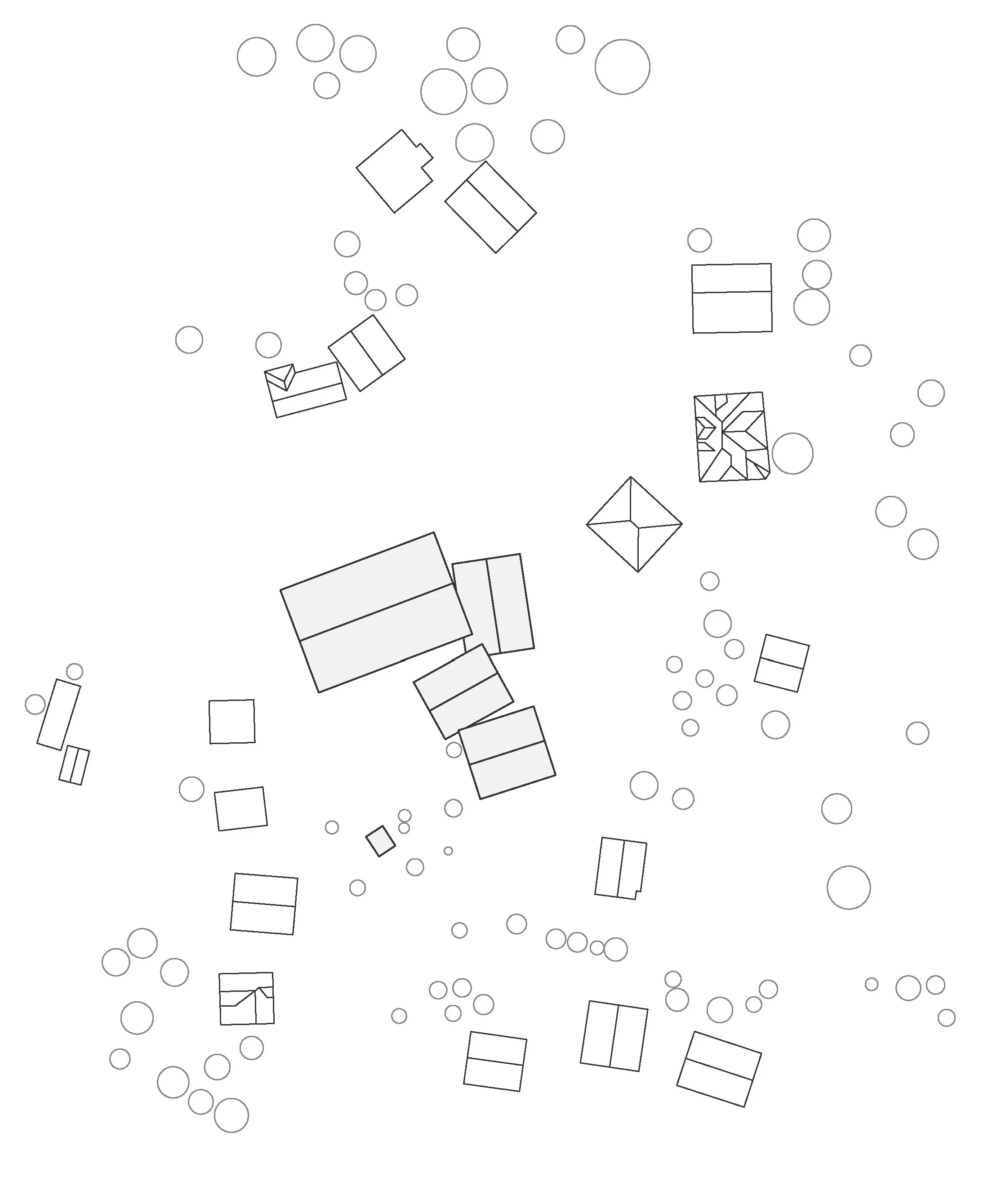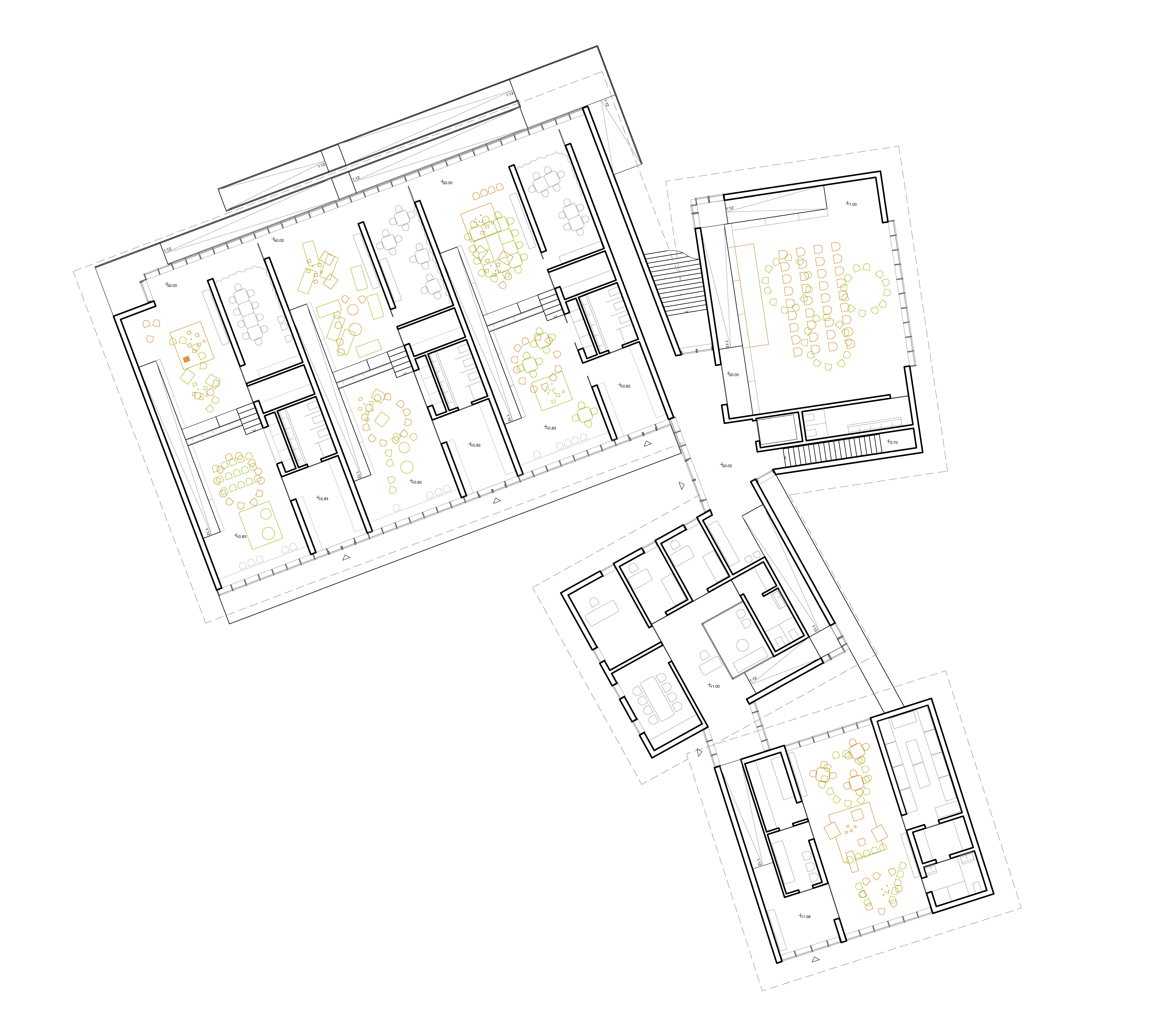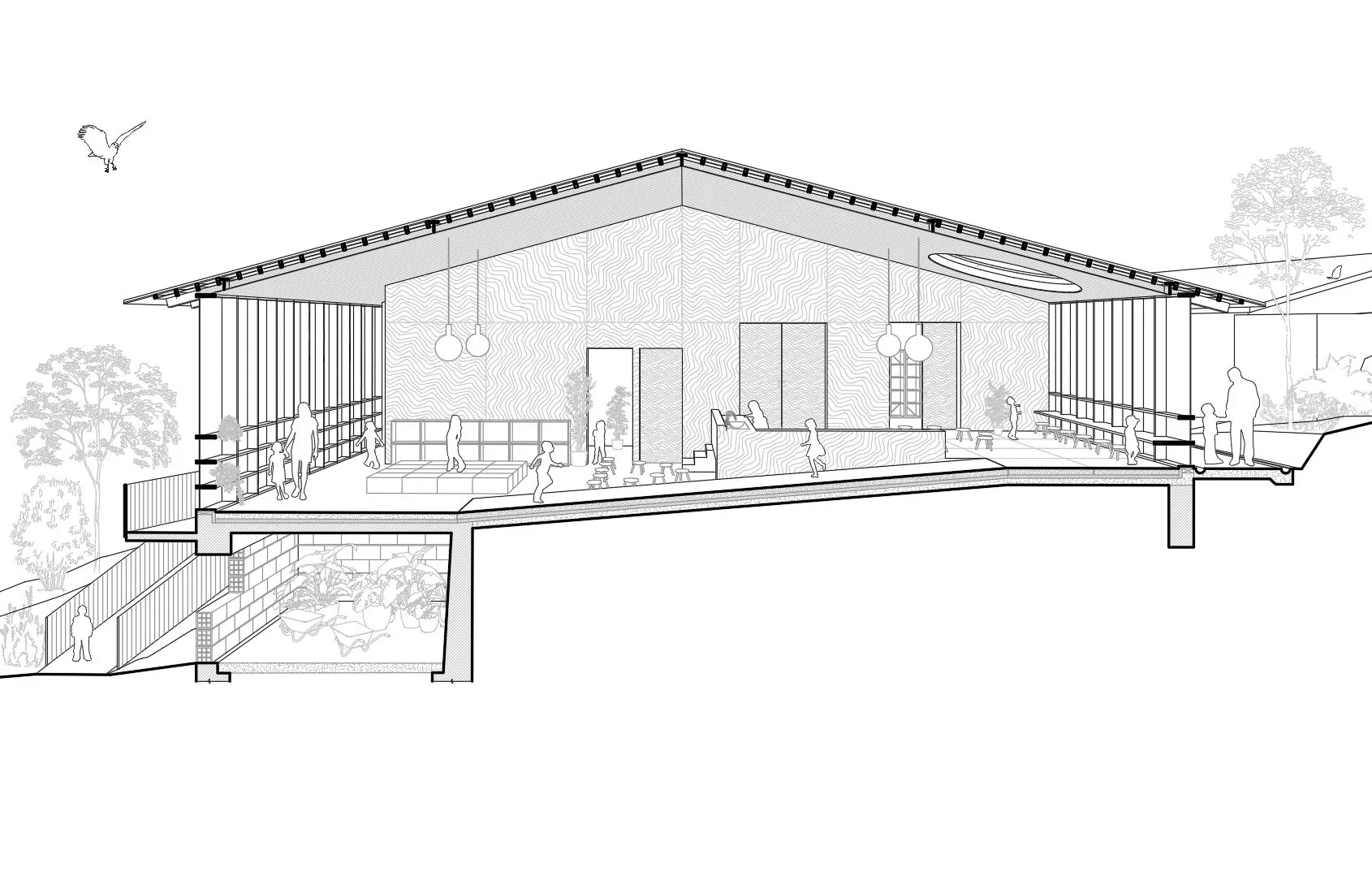Where there is simplicity, complexity prevails. There are two motivations for generating the spatial layout. The first looks back at the intuitive approach of how a traditional household organized its daily life and how this is expressed in a rich vernacular heritage. In northern ethnic Albania due to historical and cultural causes villages had no urban structure whatsoever. They spread territorially and each family lived as a unit, self-contained on their properties. The lack of urban complexity was compensated for by a wonderful series of different buildings comprising the household. Thus, instead of a single building accommodating all the functions, each function has a building. This spatial organization is one of the foundations of the families. The sense of belonging is reinforced by the uniqueness of the architecture itself. The second is preoccupied with the question of complex systems. We tend to associate order with static equilibrium, a complacent and almost dying form of order. On the contrary, the self-organization of complex systems represents a paradigm shift in which apparently chaotic behaviour is understood as a pattern of order, thanks to the interactions between the elements of the system. Chaos should not be confused with randomness. Likewise, we must not confuse the complex with the complicated. A complex system with ordered chaotic patterns is governed by simple and adaptable rules. It is the simplicity of the complex. A simple kindergarten for a complex life.
competition entry
2024
